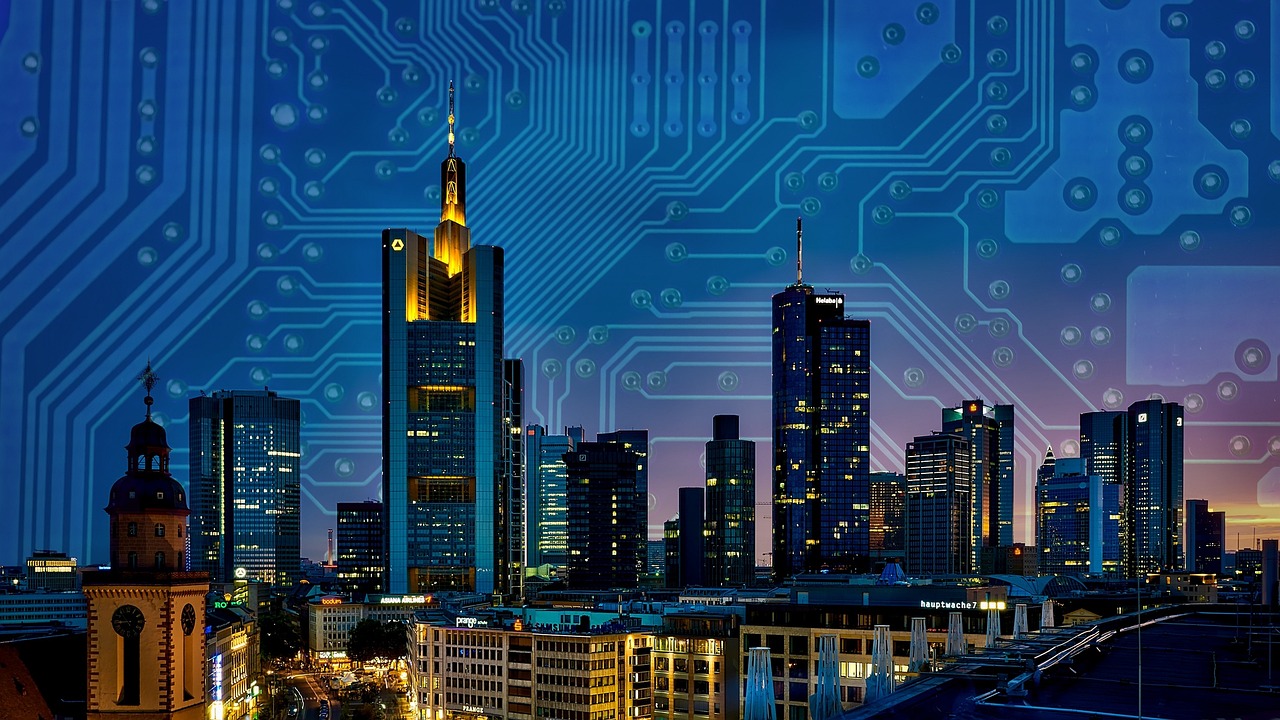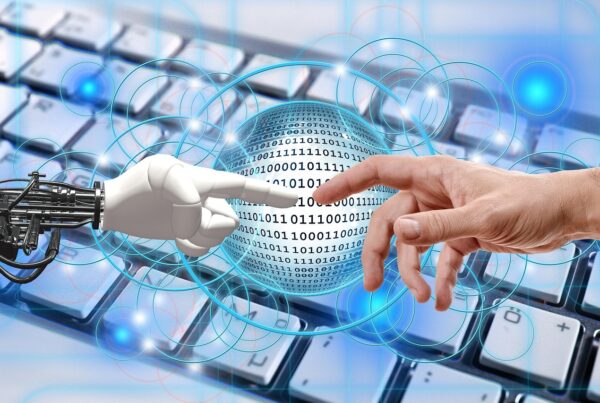#AI@Work: What Happened to Doomsday?
Unemployment is low, and employers are complaining about a shortage of skilled labor, and therein lies the key to the mystery. Skilled vs unskilled labor accounts for the differences in supply and demand. Unskilled labor is being replaced and skilled labor is seeing shortages. Another phenomenon is happening to ramp up this drama and that is “job churn,” which means people are moving from company to company and industry to industry.
Doomsday forecasters expected this to be very high when AI started to really infiltrate the job market. It turns out that it is much more nuanced and limited than predicted. It turns out that AI is leading to structural changes in the economy not just less and less jobs.
Unquestionably, manufacturing was one of the hardest hit sectors for job loss in the last twenty years. Robots came in and many, many manufacturing jobs were lost. Automation was not the only issue with the loss of these jobs. Politics and trade deficits also played a key role. Nevertheless, technologies have played and will continue to play a crucial role in defining jobs in years to come. This applies not only to how many jobs will exist in a field but what they look like and how they are performed.
As to self-driving cars and trucks, AI and machine learning is only beginning. Certainly, there will be a massive impact and that impact will unfold over years. Outsourcing work to machines is not new. Humans have been doing it for years from the washing machine to the dishwasher to the car. Again and again jobs are destroyed, and new ones are created. What is really important is how dreadful we have been at forecasting what those new jobs will be.
#AI@Work, #WFH, #Virtual Touchpoints, #ThePajamaEffect, #The Visual Connection, #BobbeGB, #BobbeBaggio, #Touchpoints, #Remote Workplace, #WorkFromHome, #PJEffect, #LinkedInNewsLive




